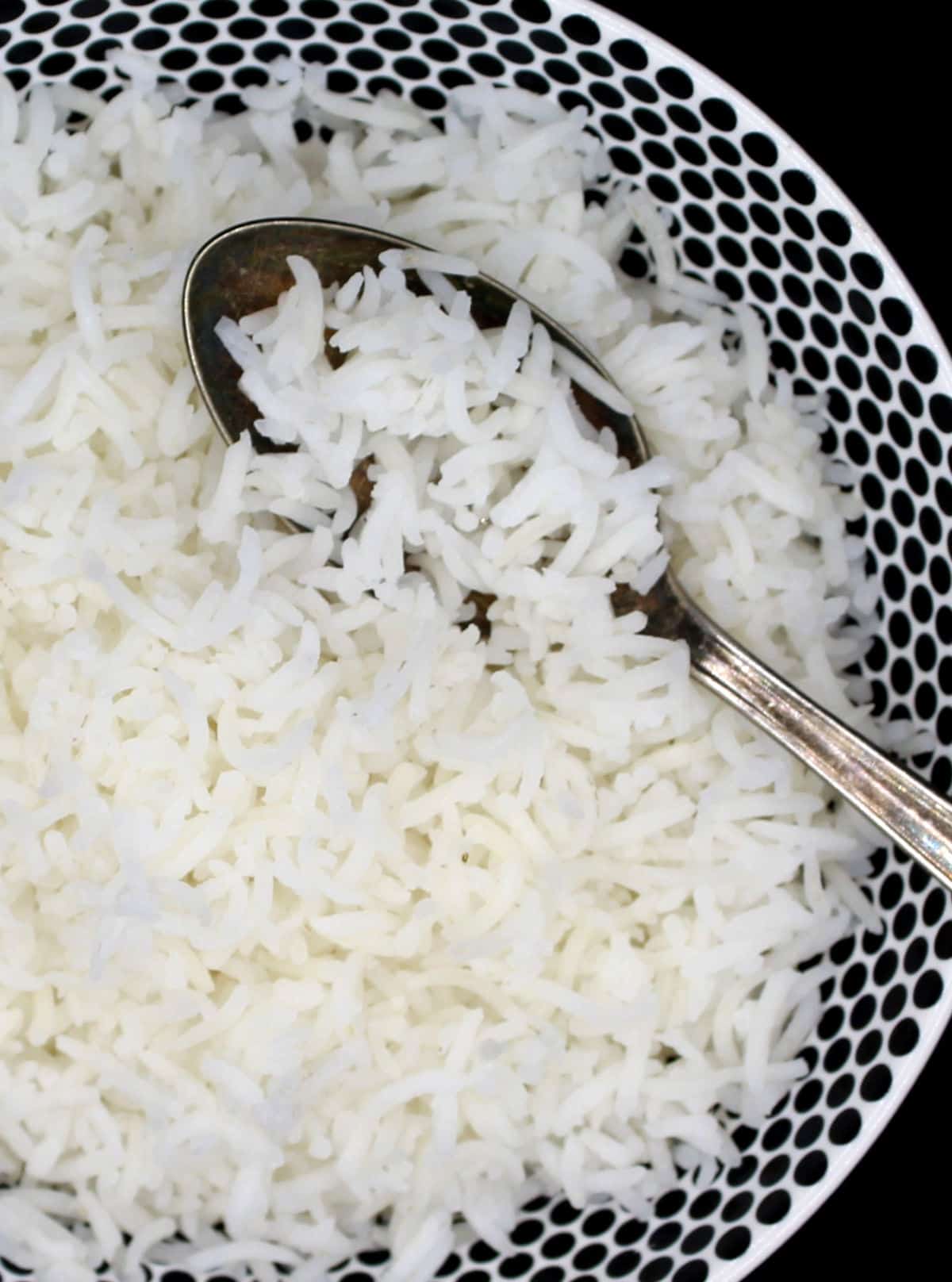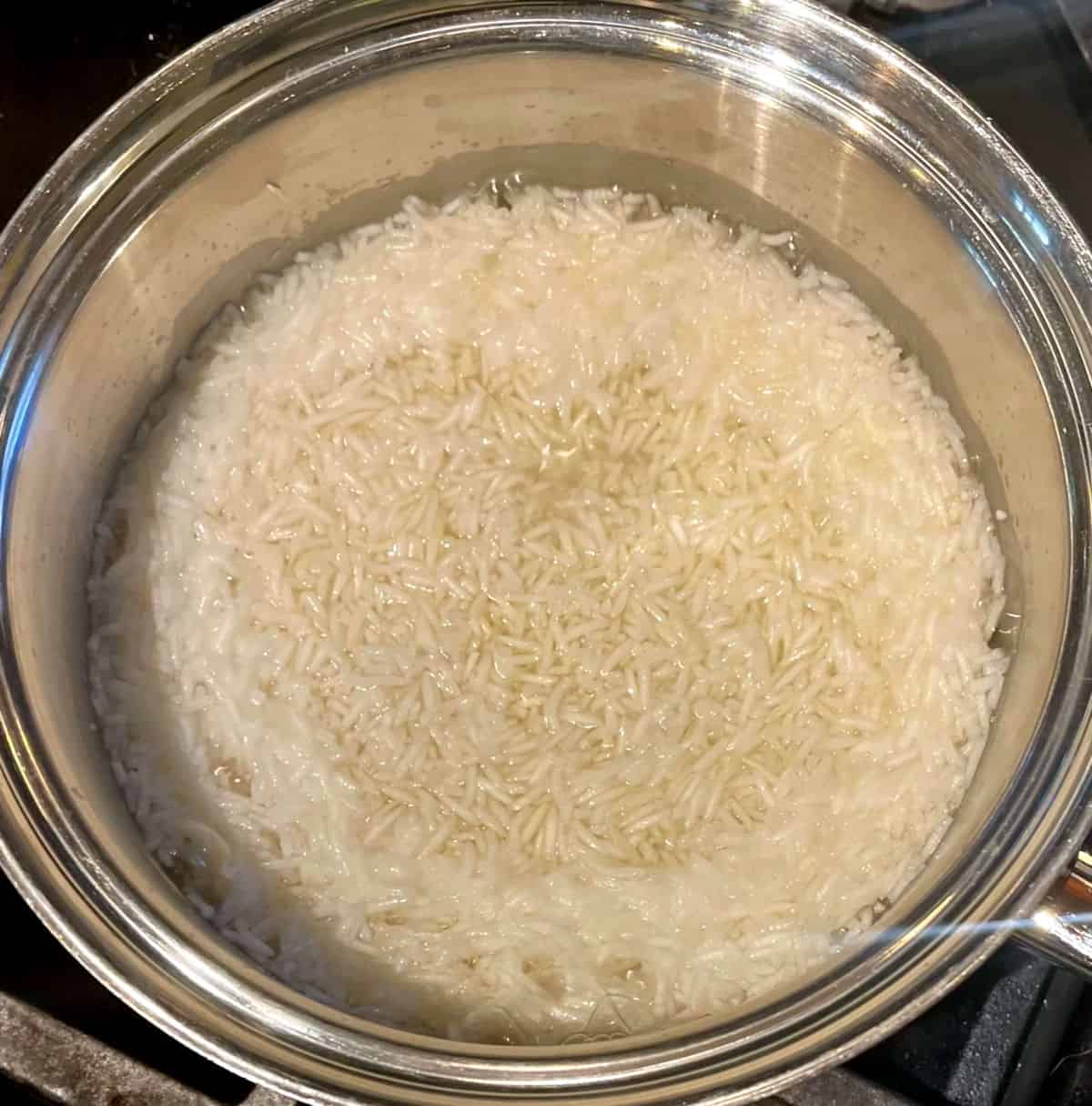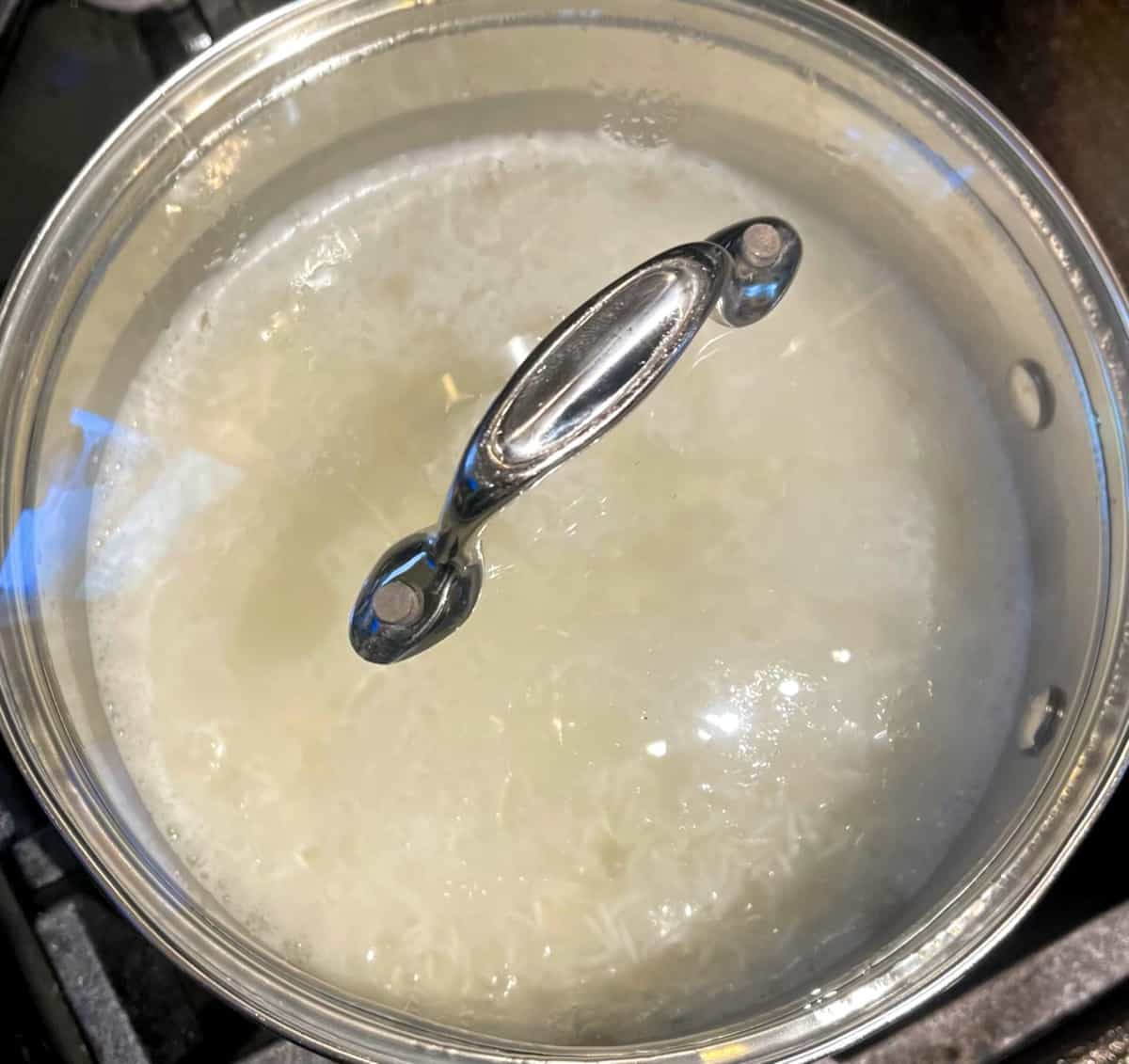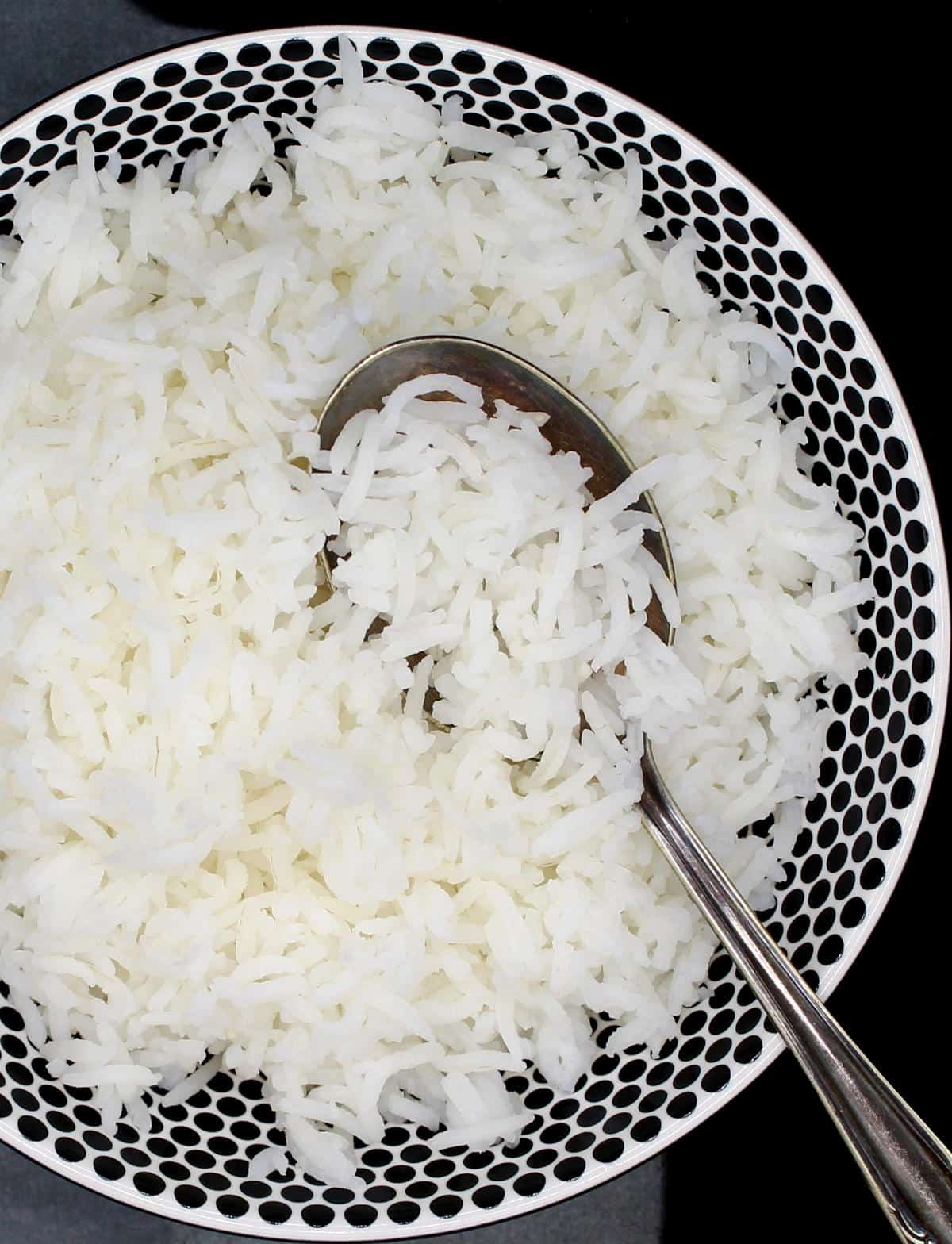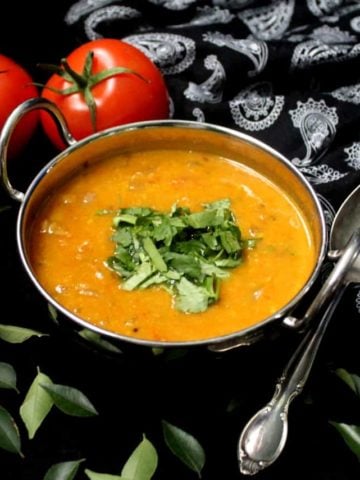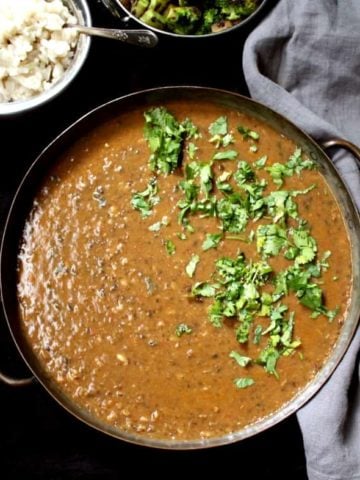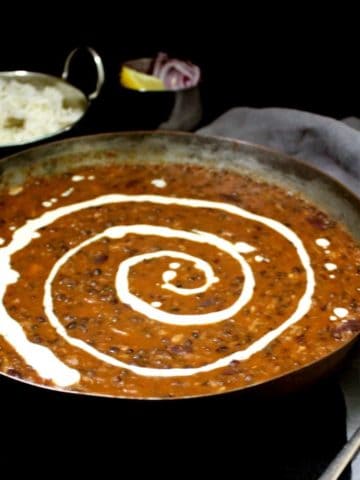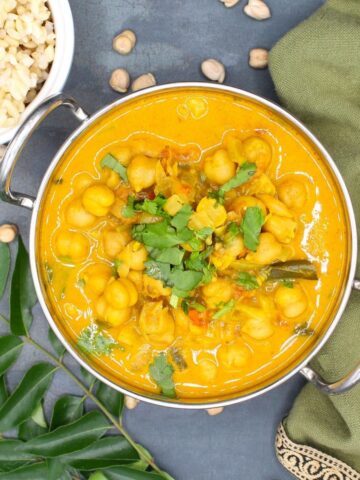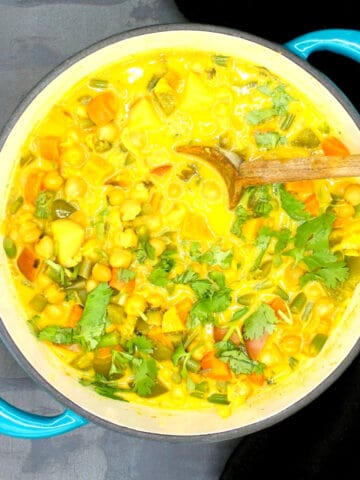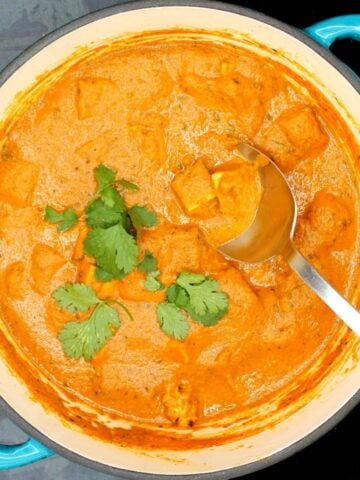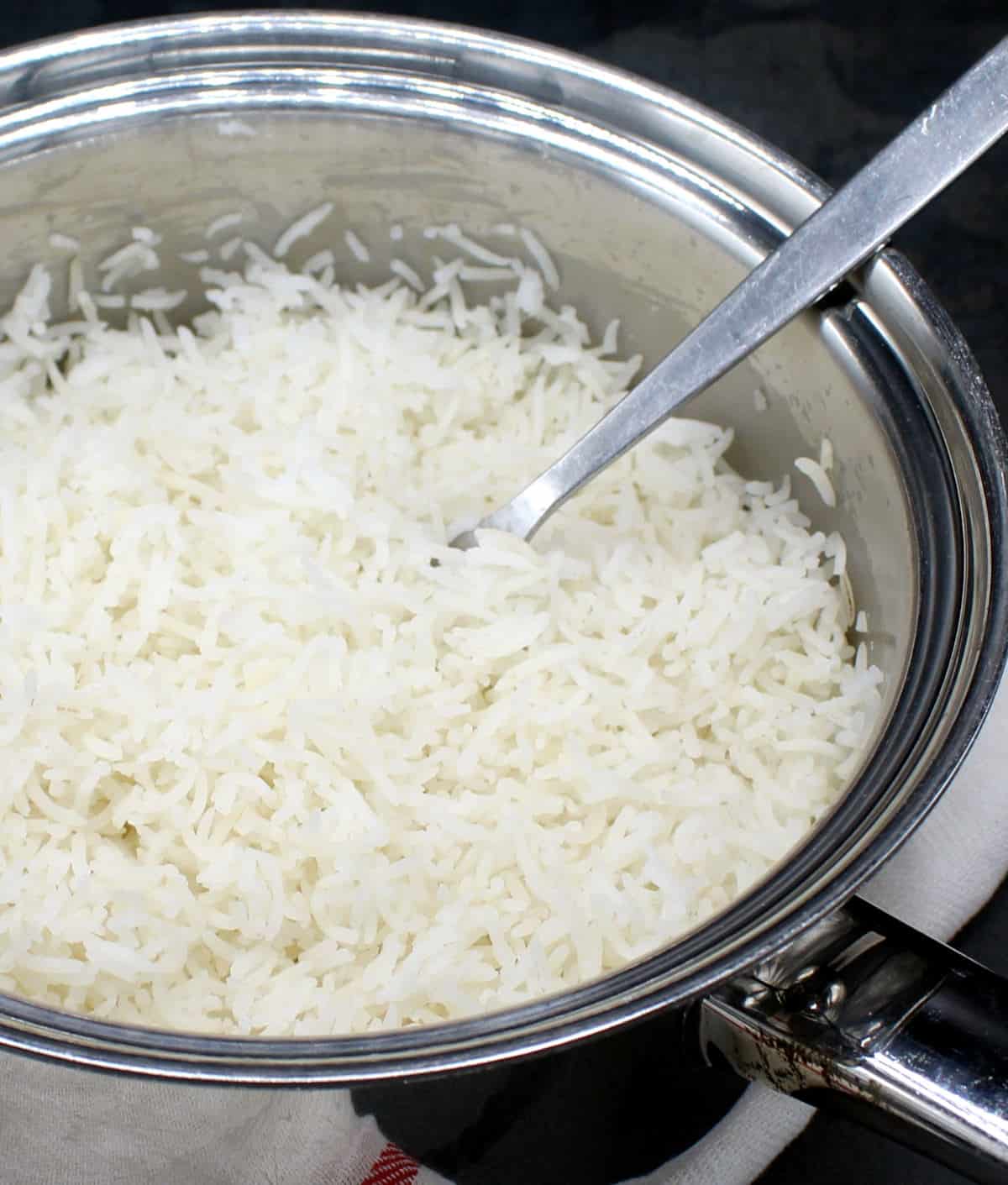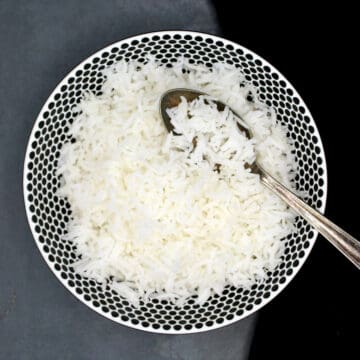Basmati has long been a prized ingredient in Indian cuisine, used to make luxe dishes like biryani and pulao. What makes it so special is its amazing aroma and the fact that unlike short-grain and medium-grain rice varieties that tend to clump after cooking, basmati rice grains, when cooked properly, can remain separate, lengthen to nearly twice their size, and become fluffy. Learning to cook basmati rice correctly will not only make everyday Indian meals more enjoyable, but you will have more control when you tackle more complicated dishes from the Indian subcontinent, like biryani and pulao. The three key factors to keep in mind as you set out to master the art of cooking perfect basmati rice are the water to rice ratio, soaking or rinsing the rice, and cooking time.
How to cook basmati rice
On the stovetop
Place 1 cup of rice, without rinsing, in a saucepan or saute pan with 2 cups water. Bring to a boil over medium heat. Stir the rice once, gently. This ensures that the rice cooks uniformly. Then place a tight lid over the pan, turn heat to the lowest setting on your stove, and let the rice cook 15 minutes. Don’t peek. Let the rice stand 15 minutes, then gently fluff with a fork to separate the grains and serve.
Note: I don’t rinse the rice grains for this method, but if you prefer to rinse the rice, do so in a colander under cold, running water. Reduce the amount of water in the recipe to 1 ¾ths of a cup.
In the Instant Pot
Use a 1: 1 ¼ cups rice to water ratio. Place the unrinsed basmati rice in the IP liner or in a separate IP-safe container. Add water. Cook on high pressure for 8 minutes, then wait for 10 minutes for the pressure to release naturally or force-release.
In the microwave
Use a 1:2 cups rice to water ratio. Place a cup of unrinsed rice in a microwave-safe bowl with 2 cups water. Microwave on high for 12 minutes. Let the rice stand 10 minutes in the microwave before serving
Troubleshooting
Cooking rice in the Instant Pot or the microwave is pretty much foolproof if you follow the correct rice to water ratios. But there are a few things that can go wrong on the stovetop: Check to get new recipe updates by email.
Gummy or mushy rice: Did you add too much water to the pot? Or did you rinse or leave the rice soaking in water, even for a couple of minutes? Rice grains are tender and they absorb water, even cold water, fast. On the stovetop, remember also not to stir the rice often during cooking to avoid breaking the grains.Burnt rice at bottom of pot: Once the water has boiled, and right after you put the lid on the rice, remember to turn the heat down to low. Cooking the rice over high heat can result in the rice burning and sticking to the bottom of the pot.Hard, undercooked rice: You either didn’t measure out the right amount of water and ended up using too little, or you left the rice to cook on high heat, so the water evaporated before it had a chance to soak into the grains. Cooking for too little time or peeking and letting the steam escape from the pot can also result in undercooked rice.
Variations
Biryani rice: To cook the perfect rice for biryani, you need the rice to be only about 80 percent cooked and quite al dente, because it will continue to cook with the biryani masala. Use the soaking method to make biryani rice and reduce the quantity of water to 1 cup. Fried rice and some pulaos: For this navratan pulao or fried rice, you need the rice to be nearly cooked but it needs to be firm enough that it won’t gum together in the wok. Cook the rice for 12 minutes instead of 15. Spread the rice out on a cookie sheet and let any excess water evaporate before adding it to the wok or pot. Rice for stews. It’s not a good idea to add oil or butter to rice you will use in biryani and pulao because the oil slick on the rice keeps it from absorbing other flavors. If you are serving basmati rice alongside a stew, however, you can add a tablespoon of vegan butter to the water when cooking, along with a bit of salt, to add flavor. With stock: You can replace the water with vegetable stock or mushroom stock for an even more flavorful and aromatic rice that goes nicely with stews.
Dals to serve with basmati rice
Curries to serve with basmati rice
Storage instructions
Refrigerate: Cooked basmati rice will keep in the fridge in an airtight container for up to three days. Freeze: Place cooked rice in a thin layer on a cookie sheet immediately after cooking and let it cool down in the fridge. Scoop it into a freezer-safe bag or container and freeze up to four months. Reheat: Add a tablespoon of water for every cup of rice and reheat on the stovetop for 3-5 minutes, stirring gently to make sure nothing sticks. You can also do this in the microwave. Add a tablespoon of water for each cup of rice and microwave on high for one to two minutes.
Recipe card
